Enrico Grosso – better known as Henry Big – works out of Greenpoint Tattoo in Brooklyn, NY. A master of traditional tattooing, he has built his name on bold, large-scale pieces and a strong, timeless approach to design. In this conversation, he looks back on his 17-year journey from a small town in Northern Italy to New York, shares how hardcore shows flipped his view on tattooing, and explains why connection with the client always comes first.
We love stories like his – when an artist speaks about tattooing with genuine passion and excitement. These are the voices that charge the industry with energy and keep it moving forward.
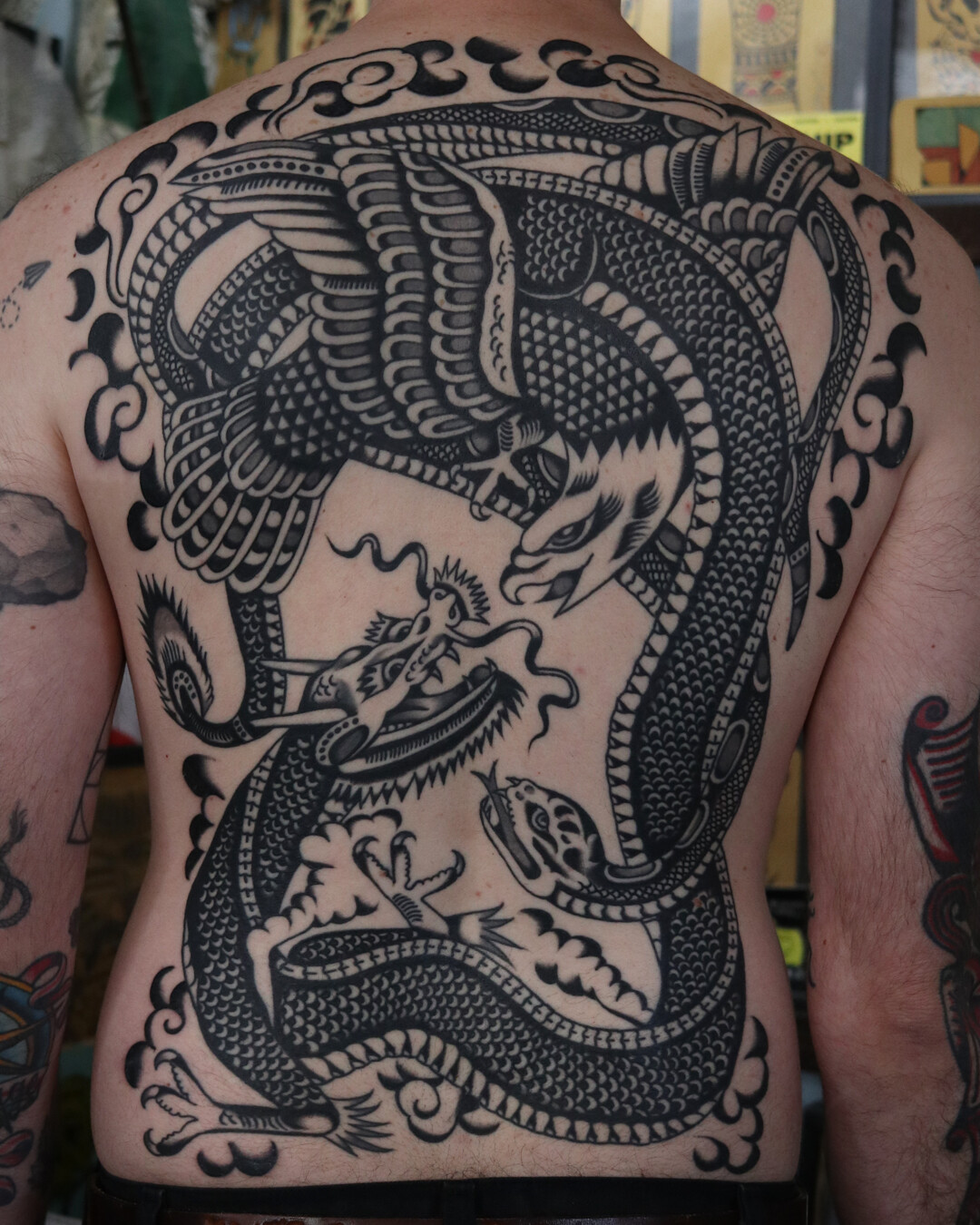
Tell us a little about yourself. Where are you from and how long have you been tattooing?
— I’m from a small town in Northern Italy, and I’ve been involved with tattooing in different ways for about 17 years. I’d say it really started when I painted my first flash set without any guidance, just by looking at Stuart Cripwell’s flash, and uploaded it to Myspace. Looking back, it’s interesting how little I understood about his work at the time, but I was struck by its visual power. It showed me how strong tattoo imagery can be – how a symbol or picture can carry so much meaning and emotion despite its simplicity.
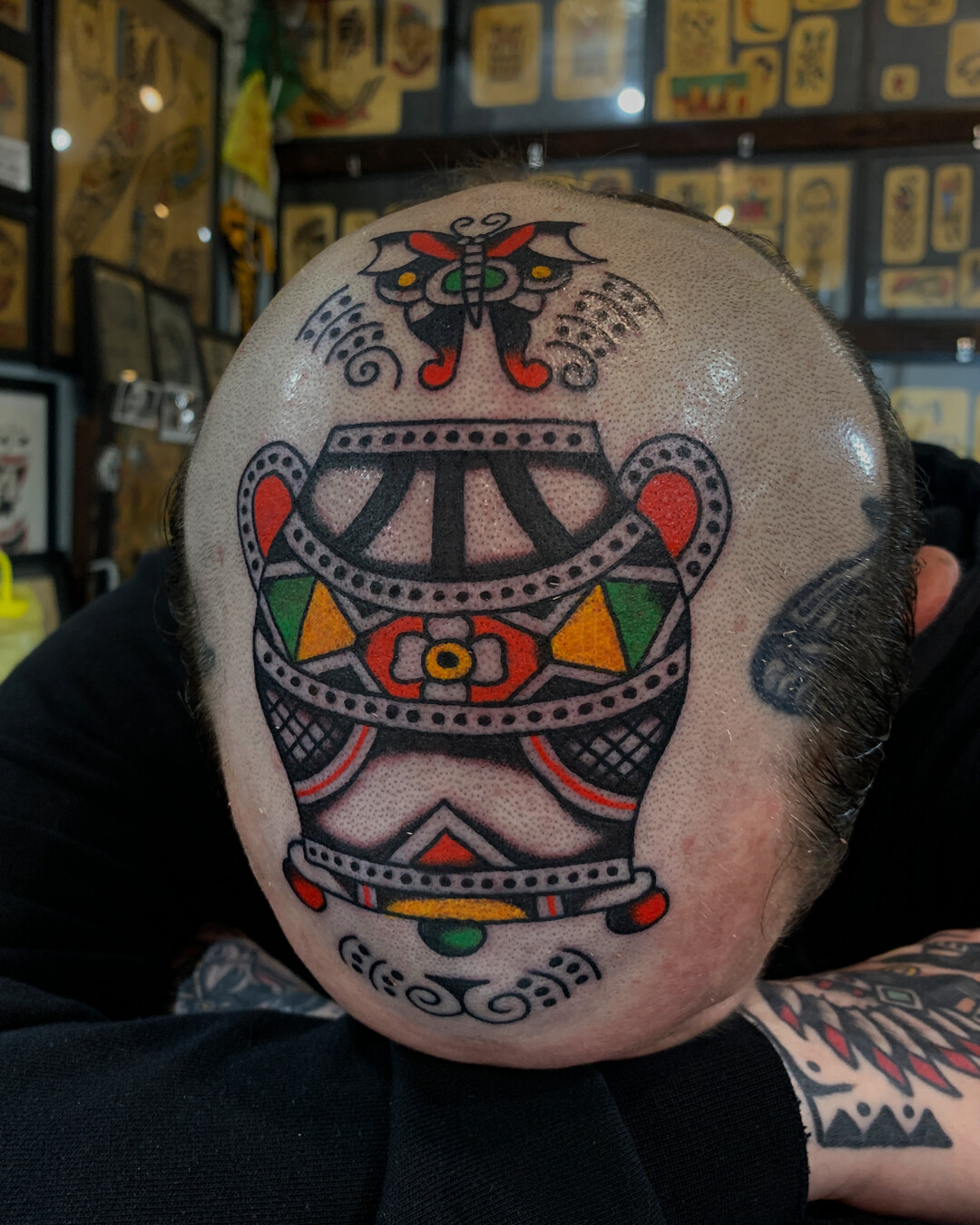
How did you end up in Brooklyn and at Greenpoint Tattoo?
— I first visited the shop in early 2016, met everyone working there, got tattooed by Jason Ochoa, and spent a few wild nights out with people in the scene. After that, I went to Los Angeles and San Francisco, but I knew those New York days had planted a seed. Everything was so exciting, I couldn’t wait to come back.
My time in California was also very special – looking back, it felt like the peak of a moment in tattoo history. At the time I was living in Manchester and working at Rain City with my best friend Paul. I loved the shop and the city, but I didn’t feel tied down personally. So I thought, it’s now or never, and applied for a U.S. work visa.
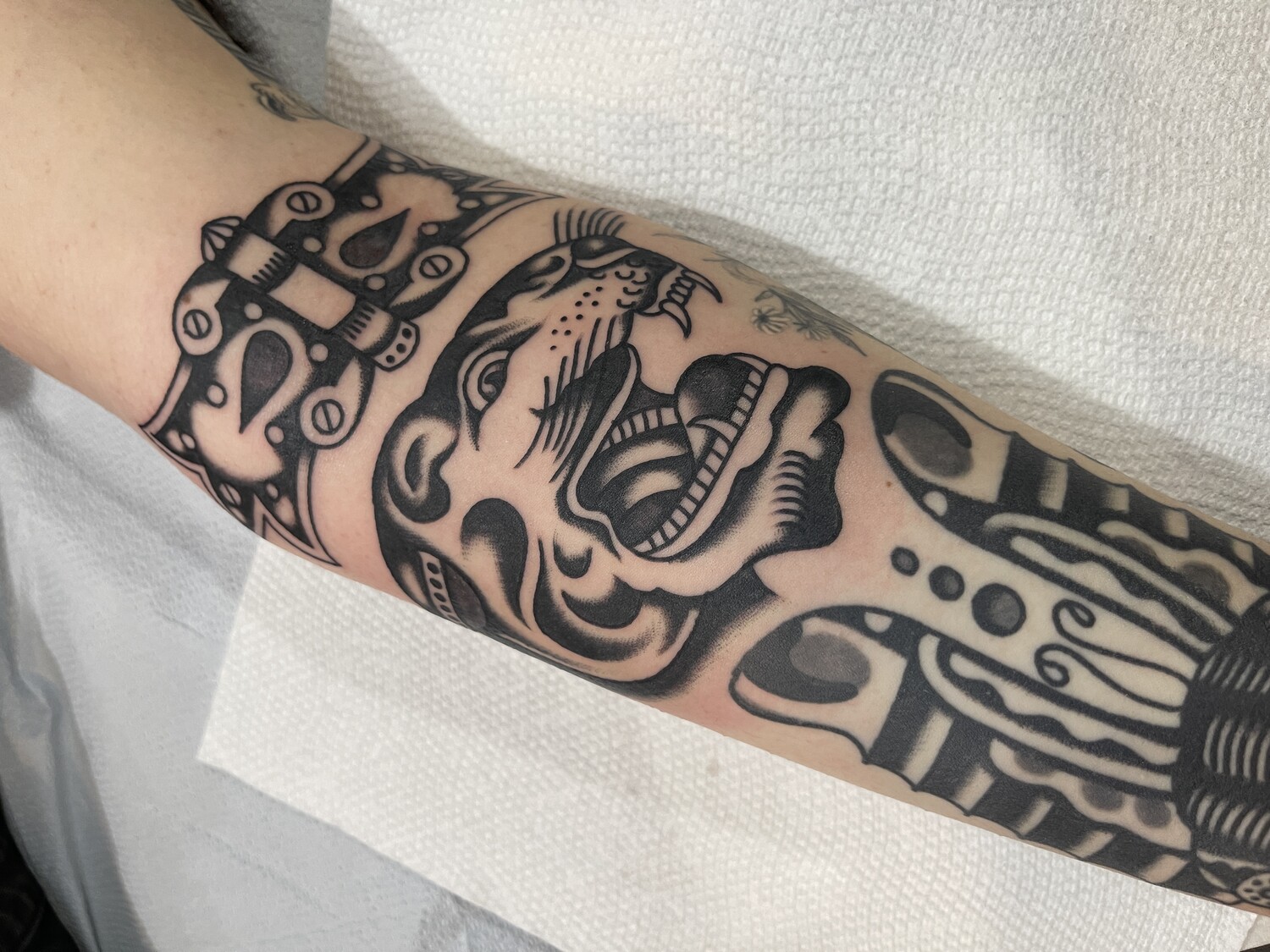
Why did you choose traditional tattooing? Tell us about the development of your style.
— When I first got interested in tattoos, tribal was the go-to in Italy – at least in my area. I was also a metalhead, and Max Cavalera from Sepultura had those tribal marks on his neck that looked so powerful. Later, I sought out people in the city who worked in that style, mostly Sailor Jerry designs. That’s where I wanted to start.
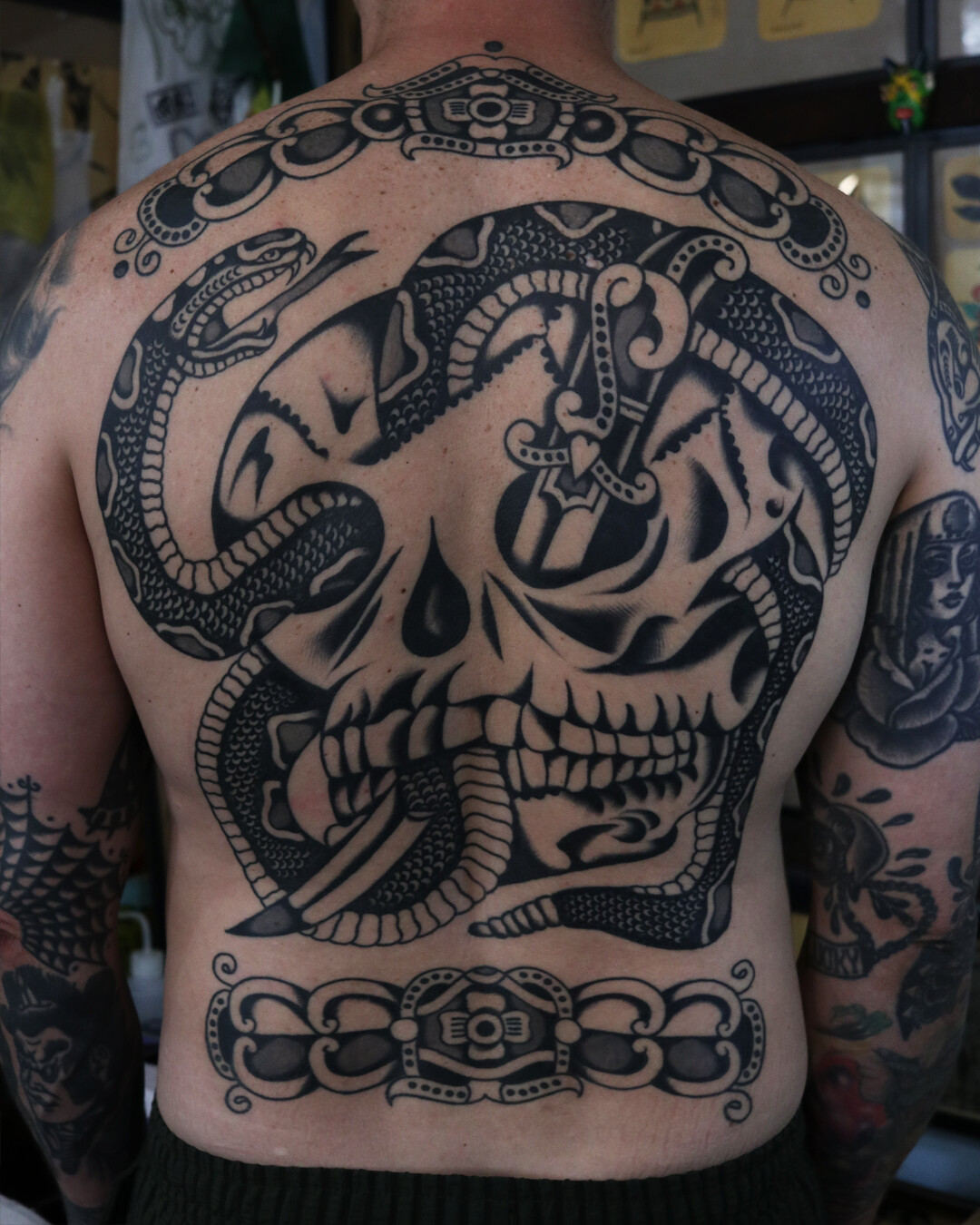
At the time, I didn’t realize you could use references to create designs – I thought traditional was a visual language built on certain elements rather than specific motifs.
So I invented my own “clever” stuff, which looks pretty weird to me now, but maybe it helped me develop my own voice later when I actually started using old catalogues as references. I was heavily inspired by certain artists, and my failed attempts to imitate them without fully understanding their work led me somewhere personal.
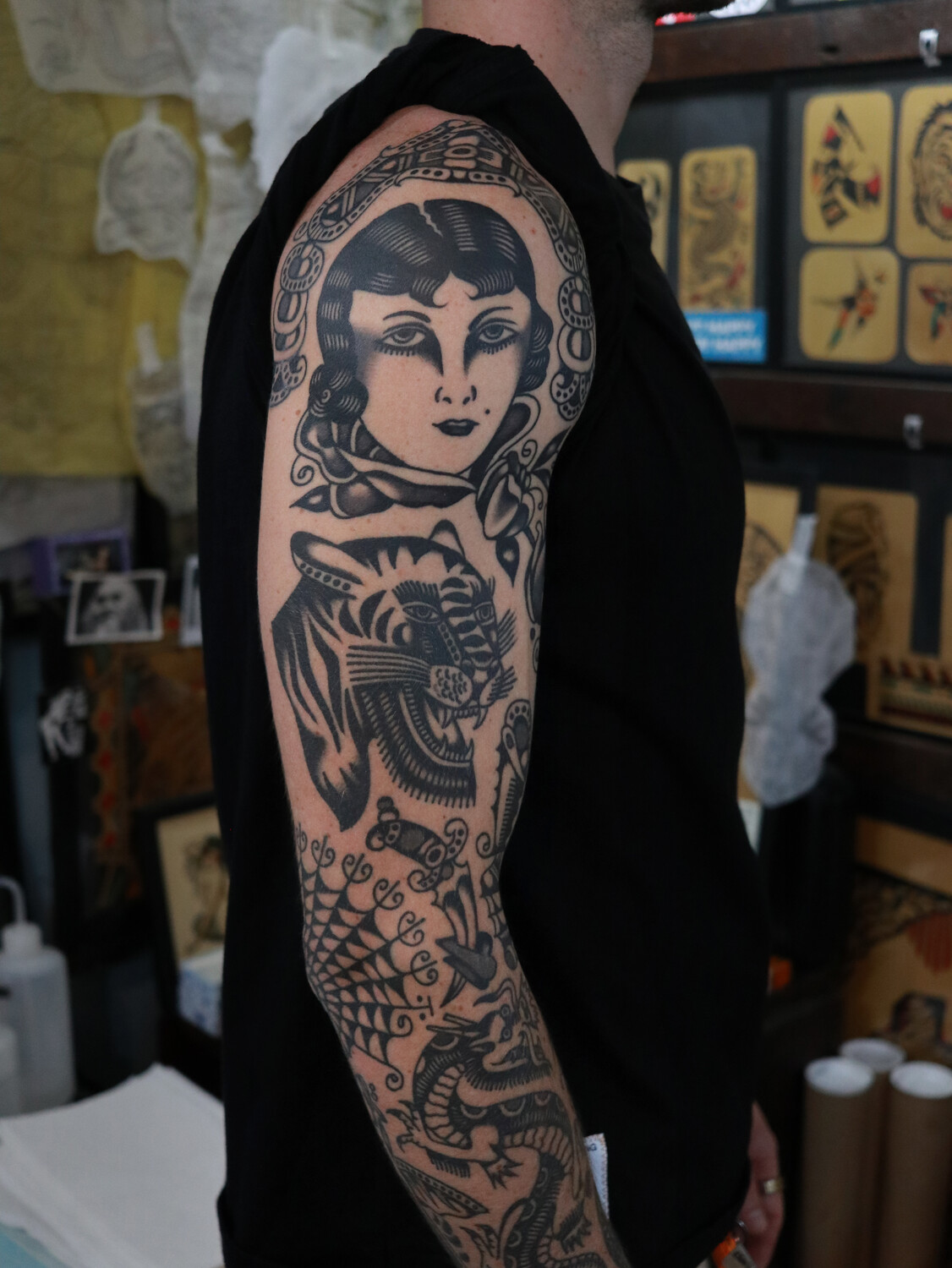
Where did you learn or how did you develop your skills in the traditional tattoo style?
— That was another chapter. It’s the kind of thing you really need to learn by being around people and watching. A few years after my Myspace flash days, my old friend Elia Calabrese from Tattoo Army in Italy pushed me to learn properly from him. I gained a lot, even though it wasn’t a classic apprenticeship. I didn’t stay long because I had already decided to move to the UK.
"I always tried to learn from everyone I worked with."
After that I worked full-time in three shops, guested in many others, and met a lot of artists. Moving to London around 2012–2013 was an amazing time – it still felt small enough to be intimate, like my early days.
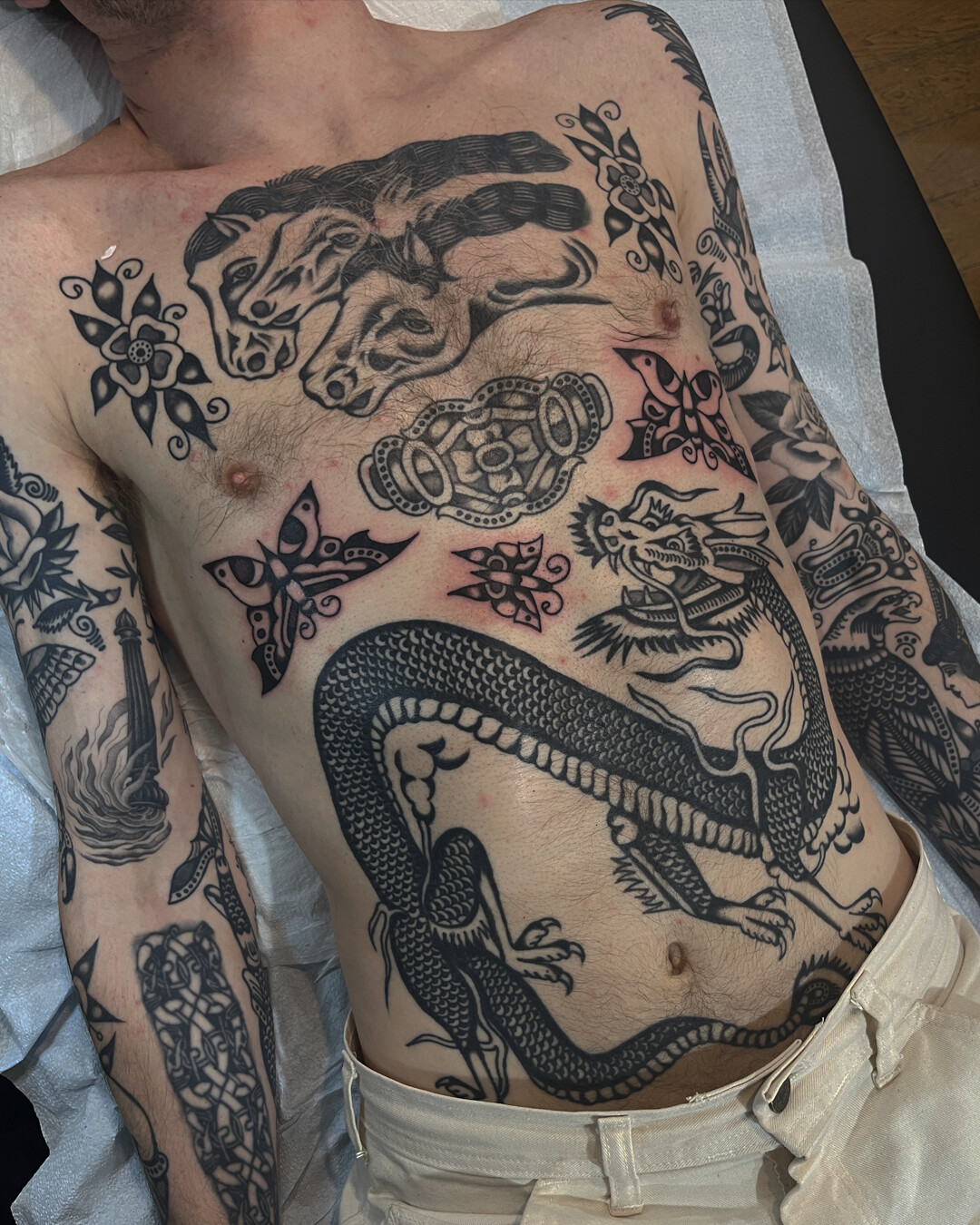
What themes and images appear most often in your work?
— I love using old traditional references – the classic stuff. Lately I’ve been doing a lot of dragons. The range is fairly limited if you’re seeking the essence of the visual language and want something that stands the test of time.
"After following tattooing for decades, you can see which designs will scream of the decade they were made in."
You can’t completely avoid that, but I aim for something more timeless.
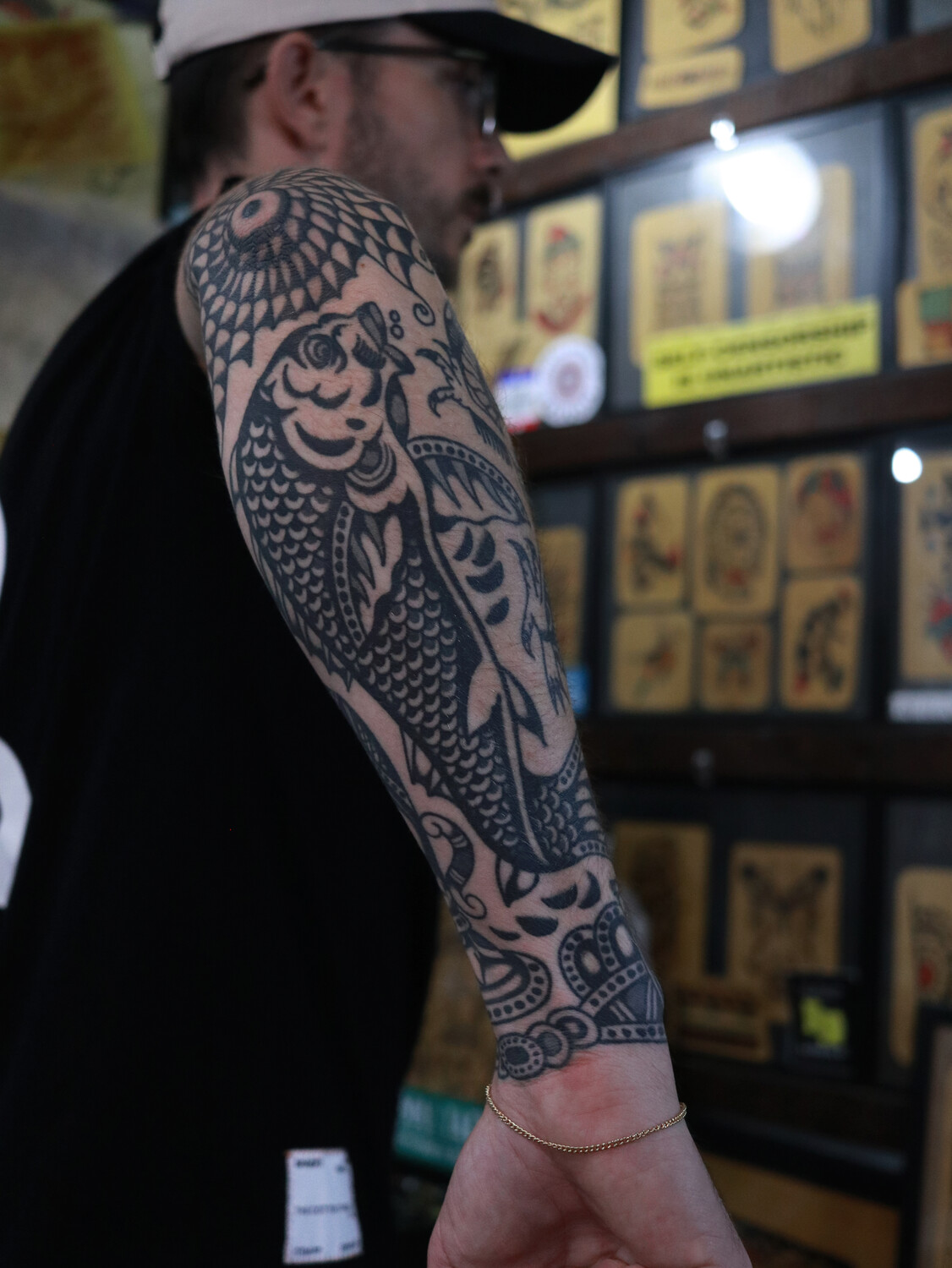
Your portfolio is mostly black tattoos. In what cases do you make an exception and use color?
— That’s a misconception because most of my large pieces are black and grey, and that’s what I usually post online. In reality, I love color. When I first got into traditional tattooing, color was the default – black-only trad wasn’t a thing yet.
"I still do a lot of color traditional, and when I paint flash it’s always in color."
I love a bright green! Larger pieces often end up in black and grey because it works well structurally. Maybe part of my creative brain just leans more toward images built on shadow and contrast.
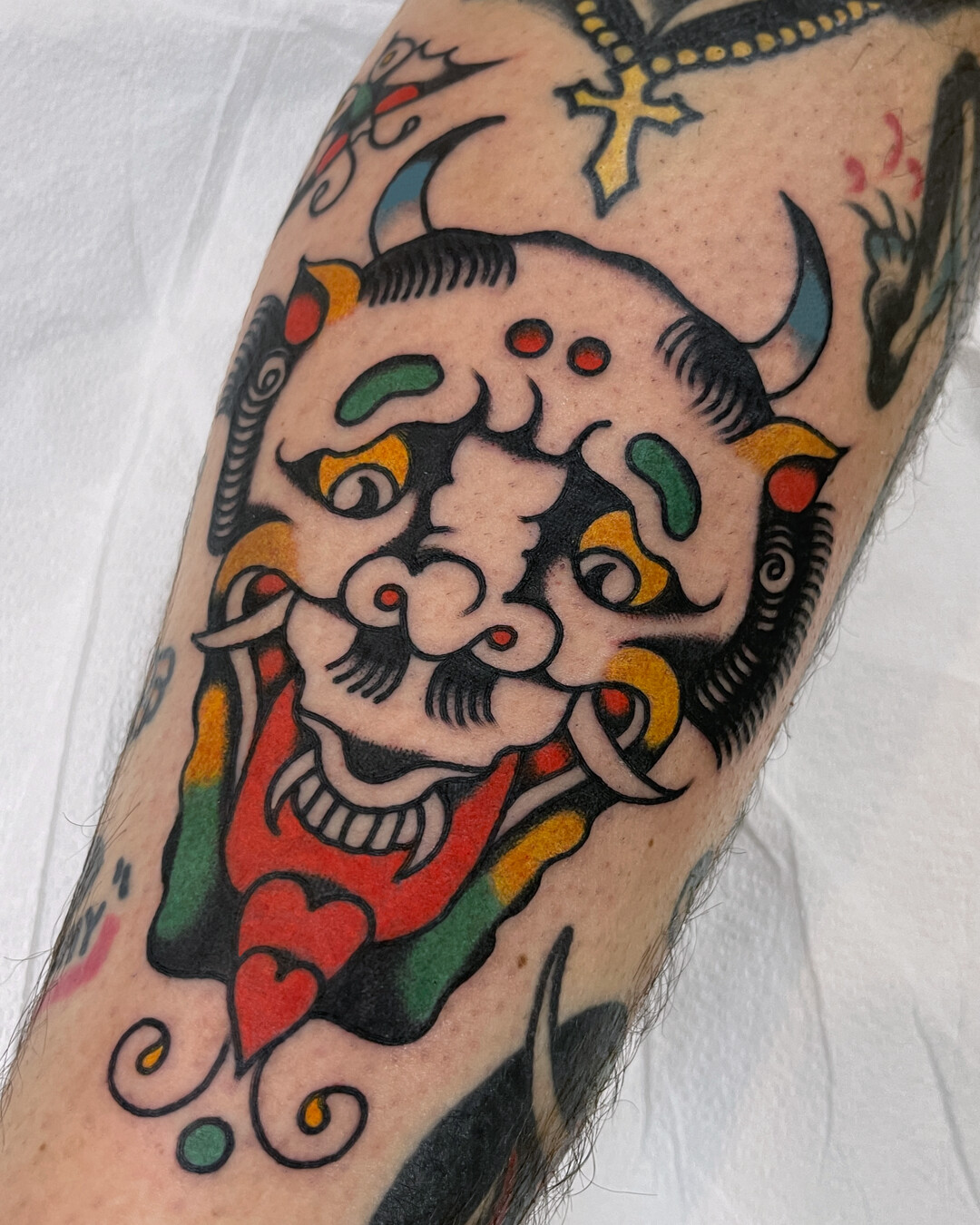
Are there any works you’re especially proud of?
— Pride is tricky, but I’d say I’m proud of the amount of large-scale work I’ve done in the past ten years. The pride comes from knowing that for a long time people have trusted me to deliver that kind of work, both artistically and personally. That’s flattering, but also a responsibility I’m happy to carry. I also think the work looks personal and unique, which makes me proud.
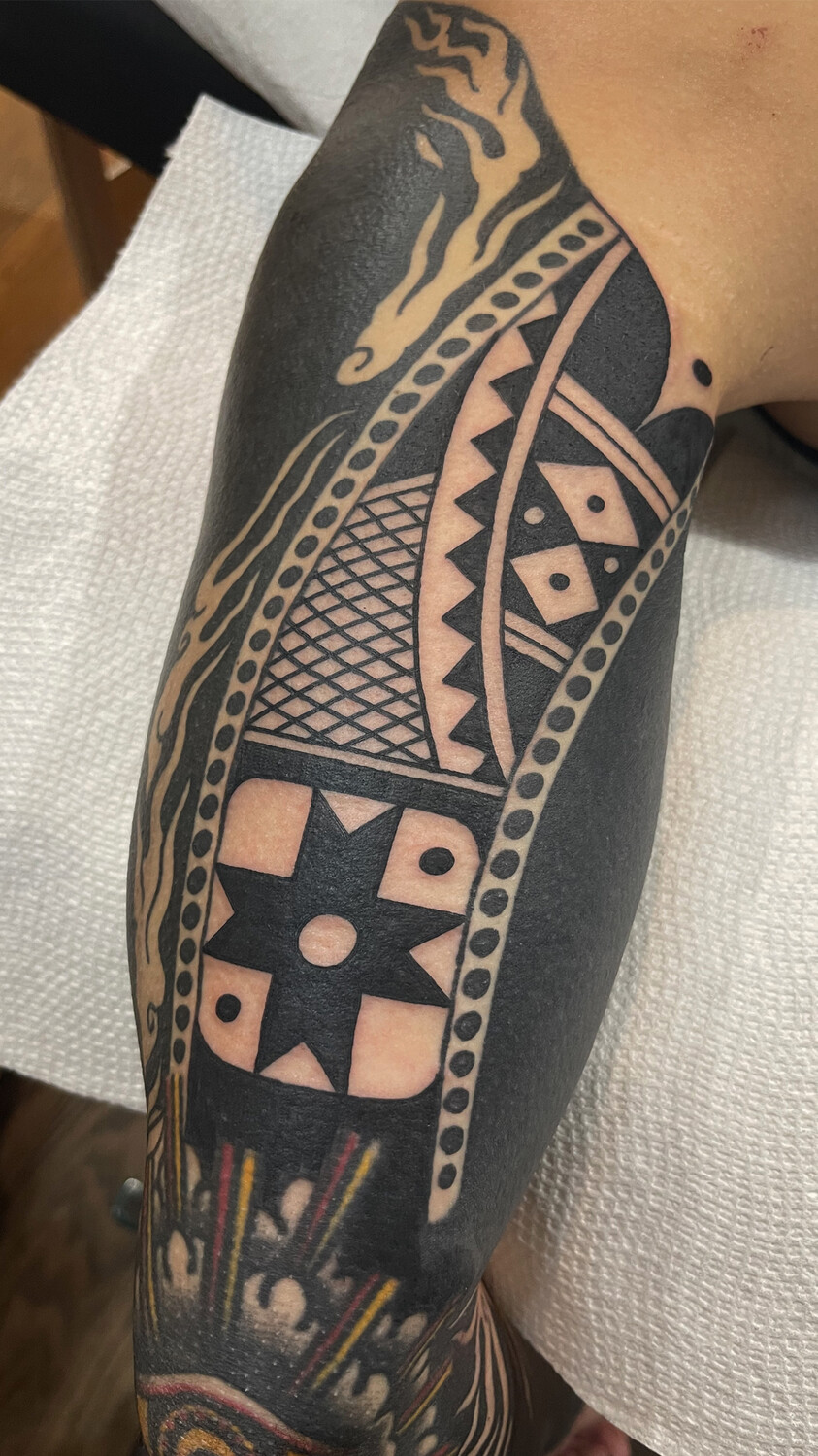
How long does it usually take to complete large projects, like back pieces?
— Most of the ones on my Instagram took about 6-7 sessions. If the client comes regularly, we can finish a big piece in a relatively short time. I used to want to rush all the linework in the first session, but over time I’ve shifted to a slower approach. A back piece is an incredible experience, but also extremely painful, so I try not to overload clients. Something like a dragon with scales is very time-consuming, but the result is striking.
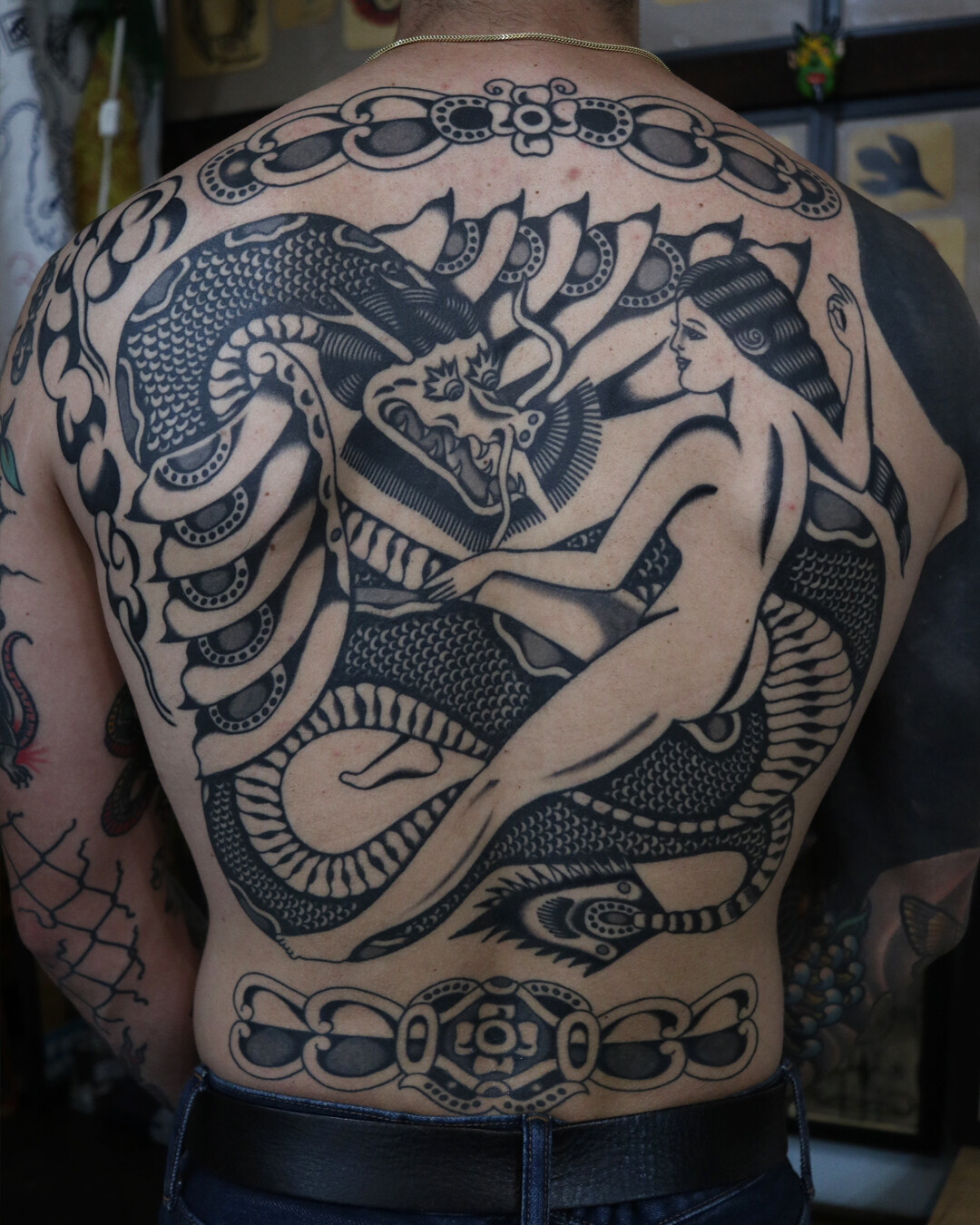
What is your usual process of creating a tattoo — from idea to finished work?
— It all starts with flash and old references, especially for backs or fronts. For single-session tattoos I redraw something old, trying to make it mine, sometimes mixing ideas. Then I show it to the client, place it on the body, stencil it, line it, take breaks, spray Bactine, and finish. Hopefully, I’ll see them again in a few months for more.
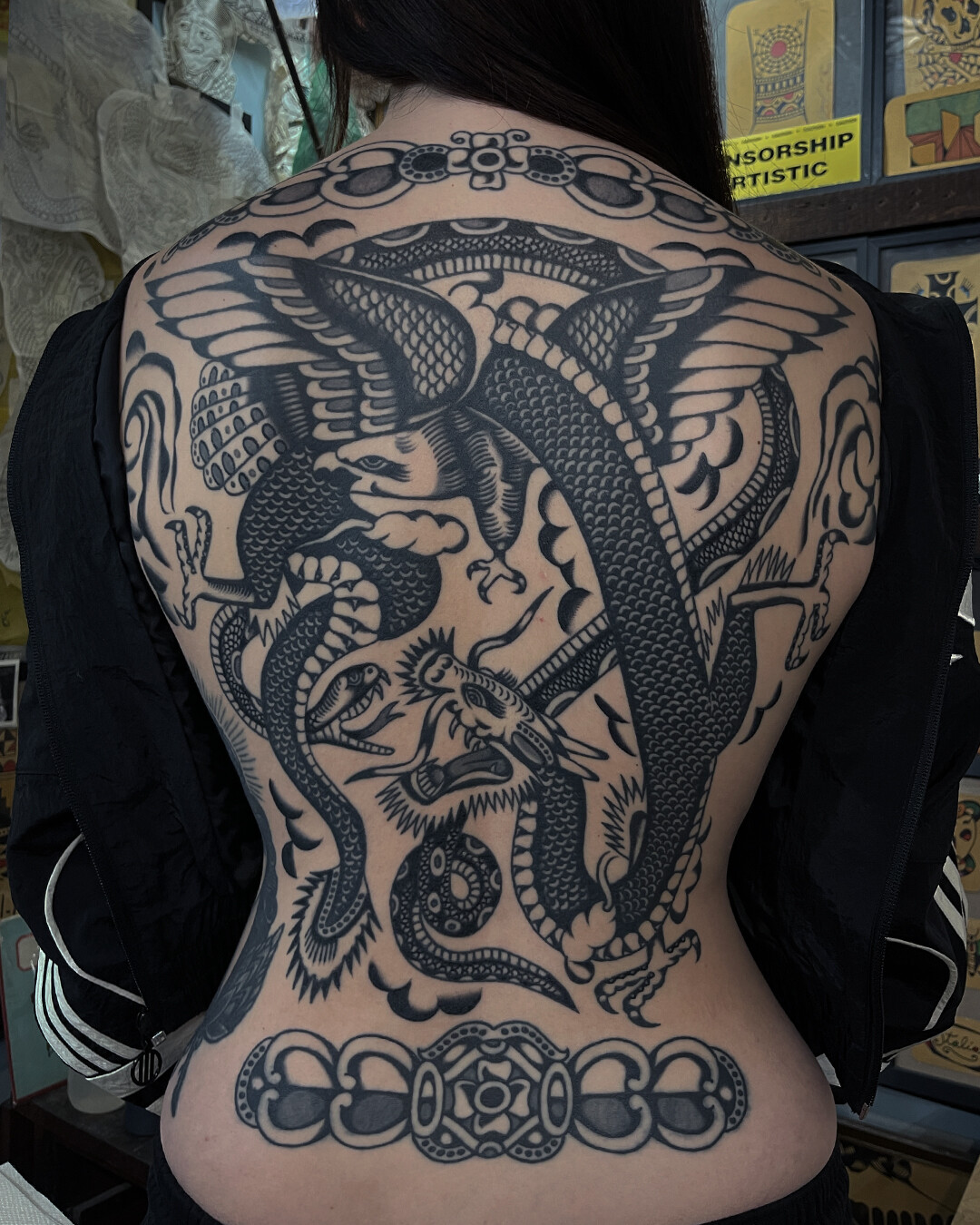
What experience do you have with conventions, and what does the festival scene mean to you?
— I’ve always been picky about shows, but the ones I’ve done have been incredible – always because of the people I was with. I have great memories of the Brighton convention and the crazy party afterward – it feels like a moment frozen in time. I’ve also done Leeds, Brussels, Turin, and two years in Catania, which is an amazing show. Sicily is like nowhere else, and Andrea Furci is a fantastic organizer.
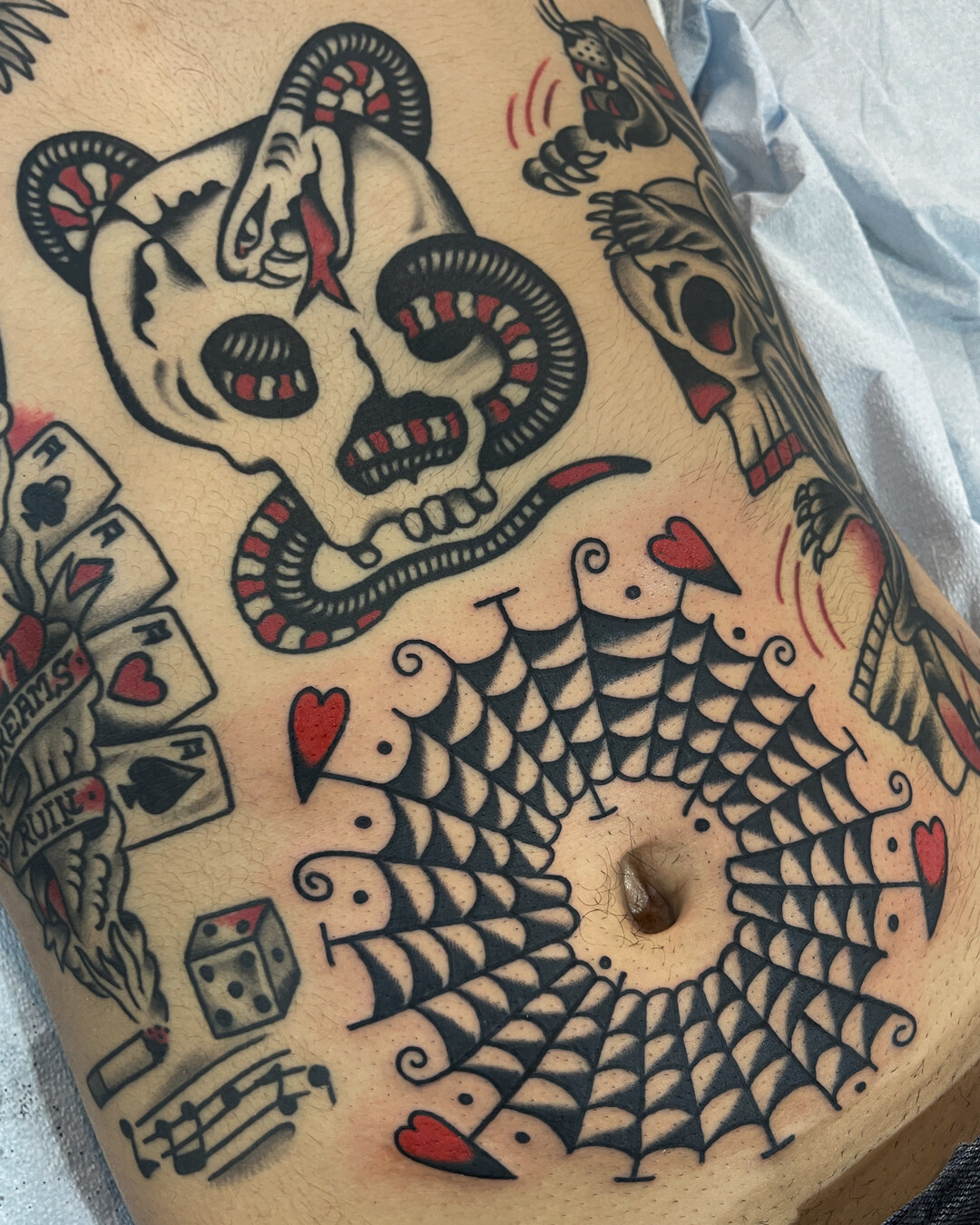
In the U.S., I only did Old Soul’s Oktoberfest near Pittsburgh, which was like a mini convention with true heads. The first year Leo Zulueta was there with Scott Sterling and Nick Bubash (RIP), just hanging out and still so passionate about tattooing. There were two Ed Hardy backpieces in the room.
"I felt like a naked baby – truly epic."
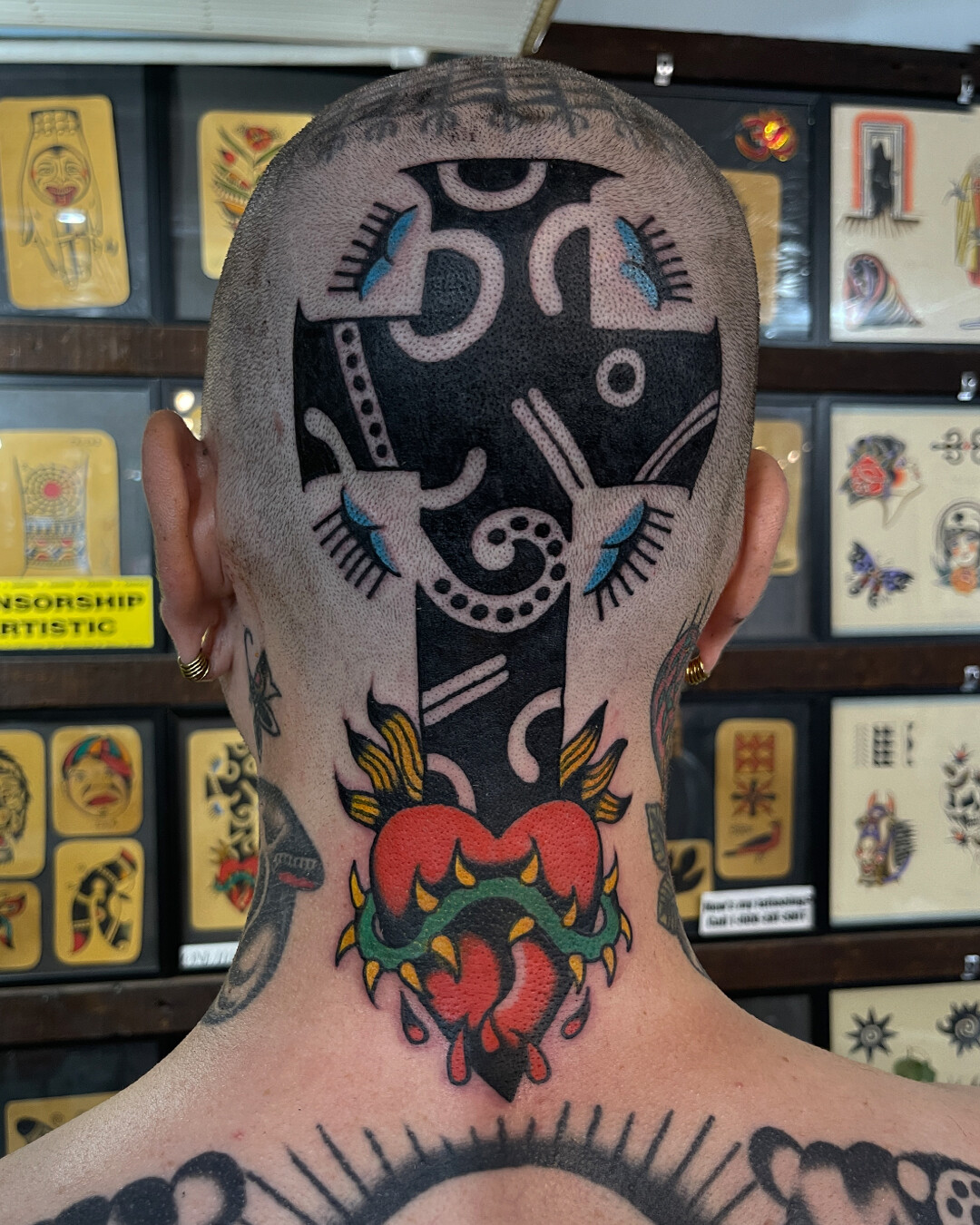
What is most important to you in tattooing — technique, style, or the connection with the client?
— The connection with the client, for sure. They’re what make you a tattooer. To paraphrase Bob Roberts: without a customer, I’m just a guy sitting in a room.

What are your plans and goals for the coming years?
— To stay in New York – I love Greenpoint Tattoo and the crew. To maintain what I have, and every now and then find something new in my visual language that excites me. To keep trying small new things and stay inspired by the amazing people around me. And to visit some places again for guest spots, like Austin, Texas, or London.
How do you see the future of traditional tattooing in the U.S. and worldwide?
— It will never die. It might change, but it will never die. I just hope people will always respect and cherish the history that came before them.



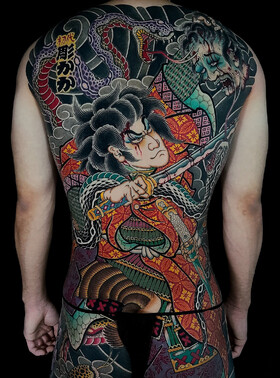
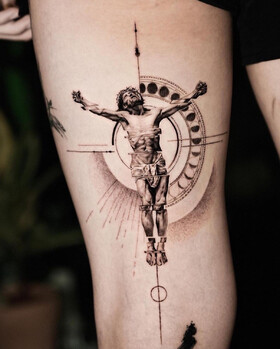
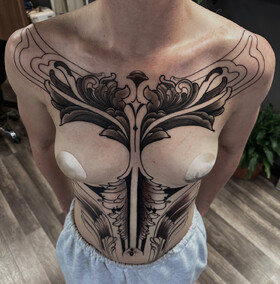
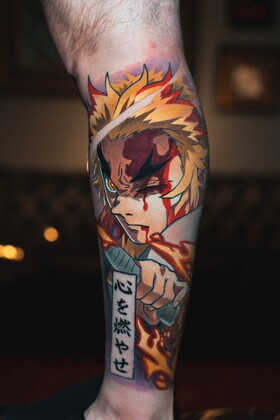
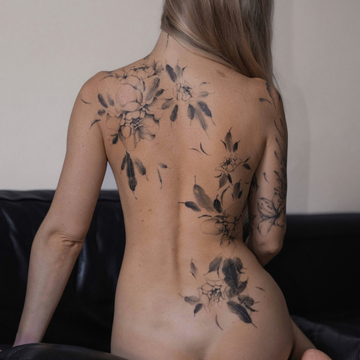
Comments (0)